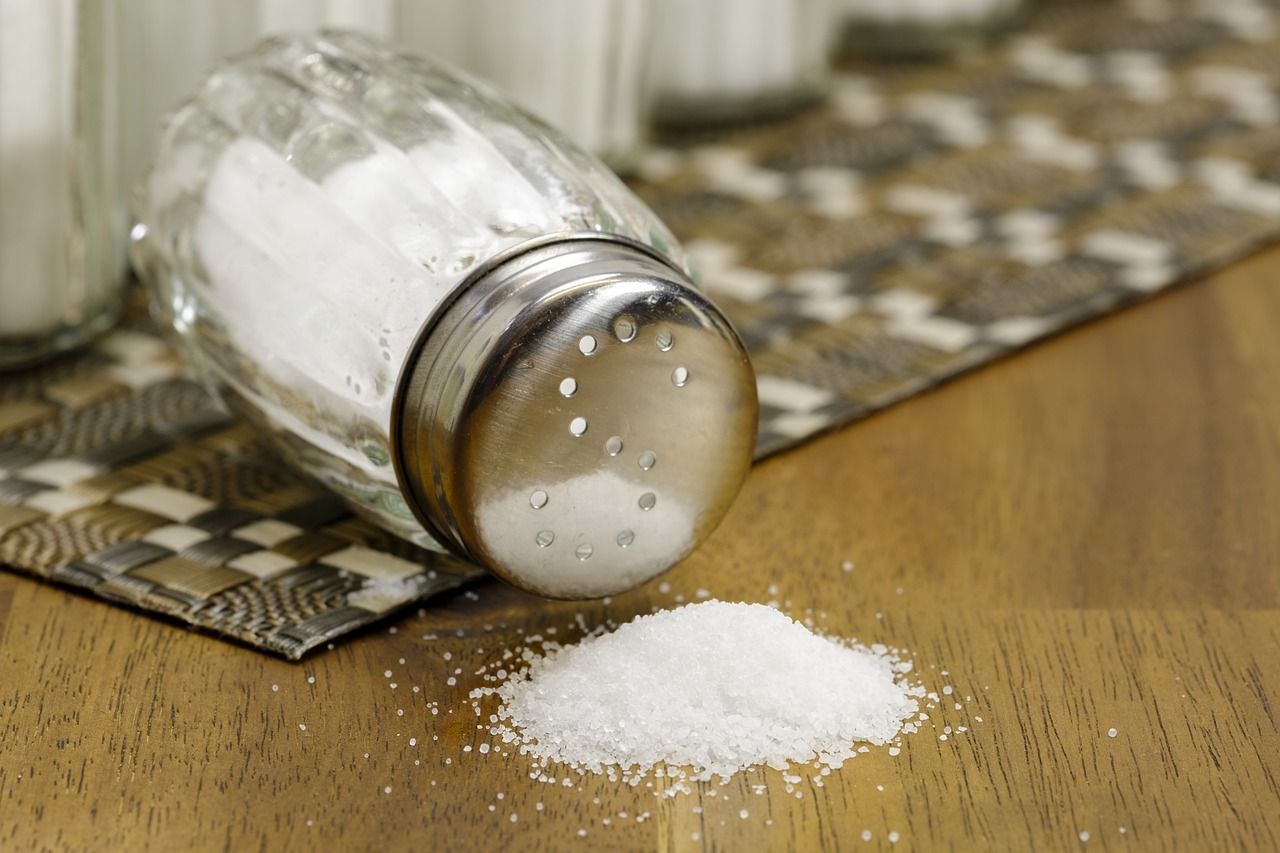Use of Salt Substitute Could Reduce Risk of Stroke, Cardiovascular Events, and Death
Data from the Salt Substitute and Stroke Study suggest switching from regular salt to a salt substitute could reduce the risk of stroke by 14% and investigators believe these results can be applied to patient populations across the world.

Results of an open-label study conducted in villages across rural China indicate salt substitutes with reduced sodium levels and increased potassium levels could significantly reduce the risk of stroke and death in older individuals with hypertension or a history of stroke.
Titled the Salt Substitute and Stroke Study (SSaSS), results indicate use of the salt substitute was associated with a lower rate of stroke, major adverse cardiovascular events, and death over a 5-year follow-up period, which investigators suggest could have global implications.
“This study provides clear evidence about an intervention that could be taken up very quickly at very low cost. A recent modelling study done for China projected that 365,000 strokes and 461,000 premature deaths could be avoided each year in China if salt substitute was proved to be effective. We have now showed that it is effective, and these are the benefits for China alone. Salt substitution could be used by billions more with even greater benefits,” said principal investigator Professor Bruce Neal, MBChB, PhD, executive director of the George Institute for Global Health in Sydney, Australia, in a statement.
Despite the understanding of associations between increased levels of dietary sodium consumption and cardiovascular risk, few studies in the past have provided evidence of an effective solution for reducing sodium intake and whether these methods would subsequently reduce cardiovascular risk in these patients. SSaSS was designed as an open-label, cluster-randomized trial conducted in 600 villages in rural areas of 5 provinces in China. The trial enrolled more than 20,000 patients from April 2014-January 2015 and aimed to follow each participant for 5 years.
Patients included in the trial had to have a history of stroke or be at least 60 years of age or older and have hypertension. Villages included in the study were randomized in a 1:1 ratio to the intervention group or a control group. Patients randomized to the intervention group received a substitute that was 75% sodium chloride and 25% potassium chloride by mass and those in the control group continued to use regular salt.
The primary outcome of the trial was stroke. The trial also included multiple secondary outcomes, including a composite of major adverse cardiovascular events and death from any cause, and incidence of clinical hyperkalemia was used as the primary safety outcome.
From the 600 villages, a total of 20,995 patients were enrolled in the trial. Of these 10,504 were assigned to the salt-substitute group and 10,491 were assigned to the regular salt group. The study cohort had a mean age of 65.4 years, 49.5% were female, 72.6% had a history of stroke, and 88.4% had a history of hypertension. The mean duration of follow-up was 4.74 years.
Upon conclusion of the trial, results suggested use of a salt substitute was associated with a lower rate of stroke. Specifically, those randomized to the salt substitute had a stroke rate of 29.14 events per 1000 person-years compared to 33.65 events per 1000 person-years with regular salt (RR, 0.86 [95% CI,0.77-0.96]; P=.006). Similarly, use of the salt substitute was also associated with lower rates of major adverse cardiovascular events, with an event rate of 49.09 events per 1000 person-years in the substitute group compared to 56.29 per 1000 person-years in the regular salt group (RR, 0.87 [95% CI, 0.87-0.94]; P <.001).
Investigators also pointed out a lower rate of death was observed in the salt substitute group, with an event rate of 39.28 per 1000 person-years compared to 44.61 per 1000 person-years in the regular salt group (RR, 0.88 [95% CI, 0.82-0.95]; P <.001). Results of a safety analysis suggested the rate of serious adverse events attributable to hyperkalemia was not significantly higher among those receiving salt substitute than those receiving regular salt, with an event rate of 3.35 per 1000 person-years with the salt substitute and 3.30 per 1000 person-years with regular salt (RR, 1.04 [95% CI, 0.80-1.37]; P=.76).
“The trial result is particularly exciting because salt substitution is one of the few practical ways of achieving changes in the salt people eat. Other salt reduction interventions have struggled to achieve large and sustained impact,” Neal added, in the aforementioned statement.
For more on the results of SSaSS and their implications on real-world risk reduction, check out this video interview with Neal.
This study was presented as “SSaSS: Salt Substitute and Stroke Study into the effect of salt substitutes on cardiovascular events and death,“ at ESC Congress 2021 and simultaneously published as “Effect of Salt Substitution on Cardiovascular Events and Death,” in the New England Journal of Medicine.